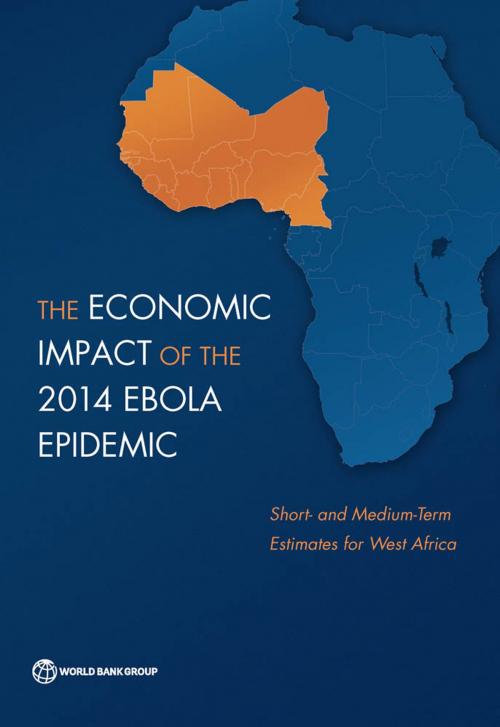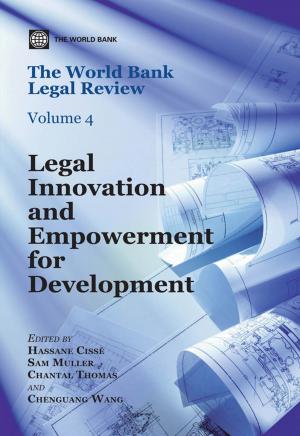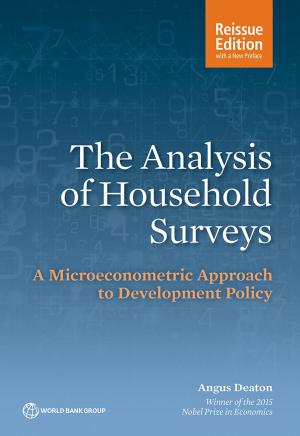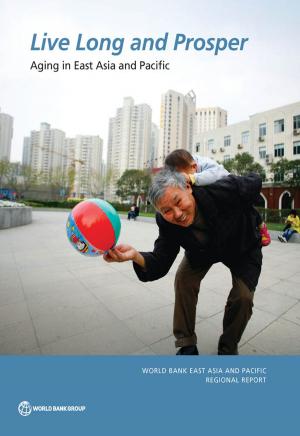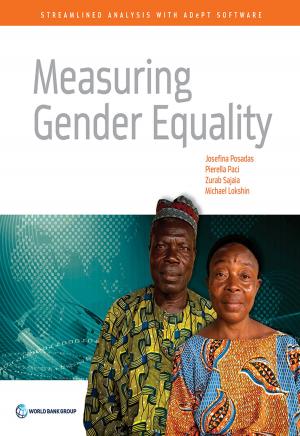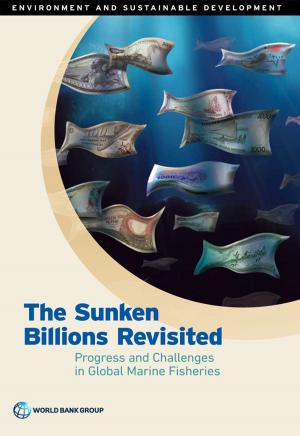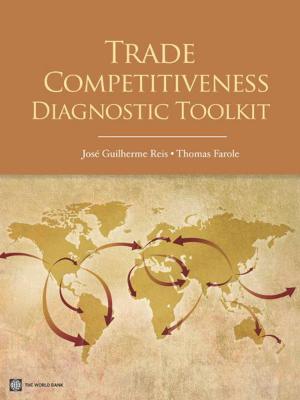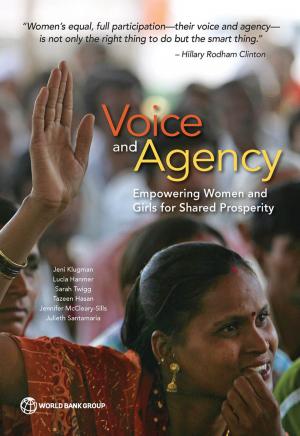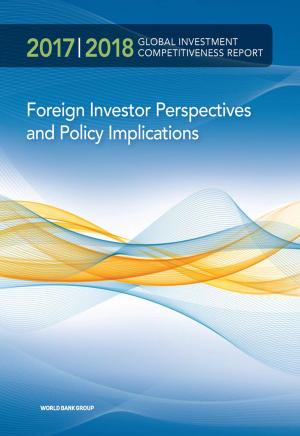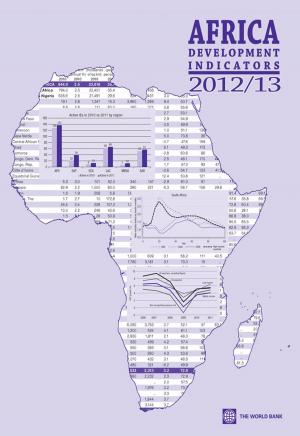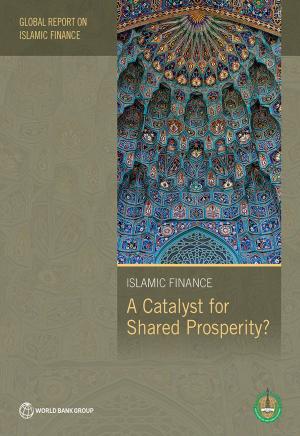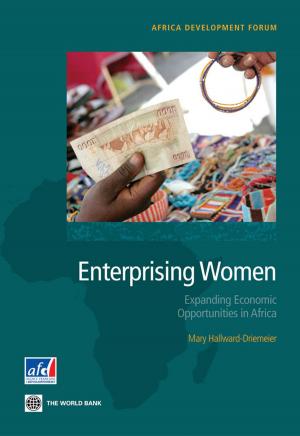The Economic Impact of the 2014 Ebola Epidemic
Short- and Medium-Term Estimates for West Africa
Business & Finance, Economics, Planning & Forecasting, Sustainable Development, Economic Development| Author: | The World Bank | ISBN: | 9781464804229 |
| Publisher: | World Bank Publications | Publication: | November 1, 2014 |
| Imprint: | Language: | English |
| Author: | The World Bank |
| ISBN: | 9781464804229 |
| Publisher: | World Bank Publications |
| Publication: | November 1, 2014 |
| Imprint: | |
| Language: | English |
Beyond its terrible toll in human lives and suffering, the Ebola epidemic has inflicted a measurable economic impact on West Africa in terms of forgone output, higher fiscal deficits, rising prices, lower real household incomes, and greater poverty. This impact results partly from the health-care costs and forgone productivity associated with being infected, but it is driven principally by the efforts of the uninfected population to avoid exposure ('aversion behavior'). The Economic Impact of the 2014 Ebola Epidemic: Short- and Medium-Term Estimates for West Africa provides a mixed methods analysis of the economic impact, combining theory on the channels of economic impact of the epidemic, economic indicators across sectors in the affected countries, and models of how these economies interact with each other and with the broader world. The result is a quantification of the potential overall magnitude of the economic impact for Guinea, Liberia, and Sierra Leone, as well as for West Africa as a whole. Ebola's short-term economic impact (2014) in the three core countries is on the order of US$359 million in forgone output: That is how much poorer these economies will be than they would have been in the absence of Ebola. Two alternative scenarios are used to estimate the medium-term impact (2015): A Low Ebola scenario corresponds to rapid containment within the three most severely affected countries and limited regional contagion, and a High Ebola scenario corresponds to slower containment in the three core countries with broader regional contagion. The estimates of the output lost as a result of the epidemic in the three core countries for 2015 alone sum to US$97 million under the Low Ebola scenario (implying some recovery from 2014) and US$809 million under the High Ebola scenario. Over the medium term, however, epidemiological and economic contagion are likely in the broader sub-region of West Africa. This report uses a multi-country general equilibrium model to estimate the medium-term impact on output for West Africa as a whole. Under the Low Ebola scenario, the loss in GDP for the sub-region is estimated to be US$2.2 billion in 2014 and US$1.6 billion in 2015. Under the High Ebola scenario, the estimates are US$7.4 billion in 2014 and US$25.2 billion in 2015. These are major regional impacts with global implications. This report will be of particular interest to policy makers and others interested in understanding the broader impact of the Ebola epidemic and in assisting with the subsequent economic recovery.
Beyond its terrible toll in human lives and suffering, the Ebola epidemic has inflicted a measurable economic impact on West Africa in terms of forgone output, higher fiscal deficits, rising prices, lower real household incomes, and greater poverty. This impact results partly from the health-care costs and forgone productivity associated with being infected, but it is driven principally by the efforts of the uninfected population to avoid exposure ('aversion behavior'). The Economic Impact of the 2014 Ebola Epidemic: Short- and Medium-Term Estimates for West Africa provides a mixed methods analysis of the economic impact, combining theory on the channels of economic impact of the epidemic, economic indicators across sectors in the affected countries, and models of how these economies interact with each other and with the broader world. The result is a quantification of the potential overall magnitude of the economic impact for Guinea, Liberia, and Sierra Leone, as well as for West Africa as a whole. Ebola's short-term economic impact (2014) in the three core countries is on the order of US$359 million in forgone output: That is how much poorer these economies will be than they would have been in the absence of Ebola. Two alternative scenarios are used to estimate the medium-term impact (2015): A Low Ebola scenario corresponds to rapid containment within the three most severely affected countries and limited regional contagion, and a High Ebola scenario corresponds to slower containment in the three core countries with broader regional contagion. The estimates of the output lost as a result of the epidemic in the three core countries for 2015 alone sum to US$97 million under the Low Ebola scenario (implying some recovery from 2014) and US$809 million under the High Ebola scenario. Over the medium term, however, epidemiological and economic contagion are likely in the broader sub-region of West Africa. This report uses a multi-country general equilibrium model to estimate the medium-term impact on output for West Africa as a whole. Under the Low Ebola scenario, the loss in GDP for the sub-region is estimated to be US$2.2 billion in 2014 and US$1.6 billion in 2015. Under the High Ebola scenario, the estimates are US$7.4 billion in 2014 and US$25.2 billion in 2015. These are major regional impacts with global implications. This report will be of particular interest to policy makers and others interested in understanding the broader impact of the Ebola epidemic and in assisting with the subsequent economic recovery.
